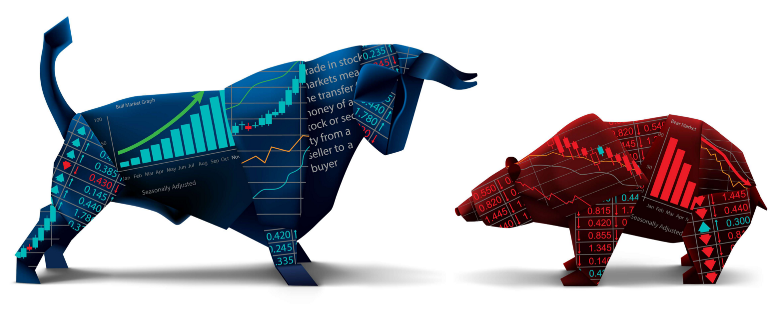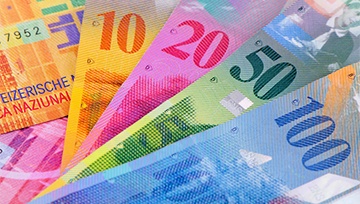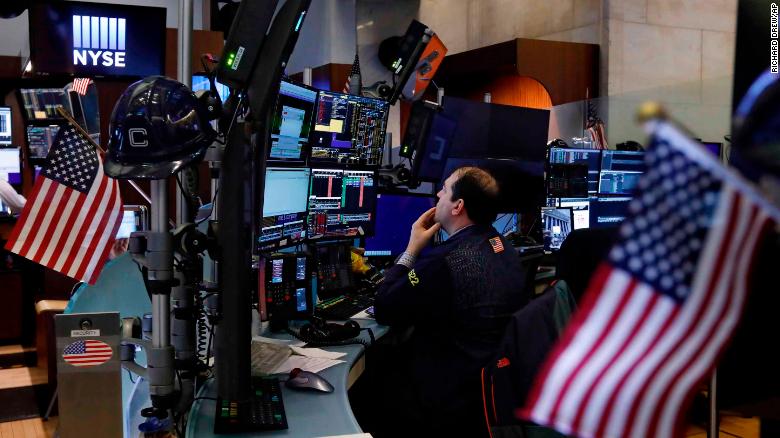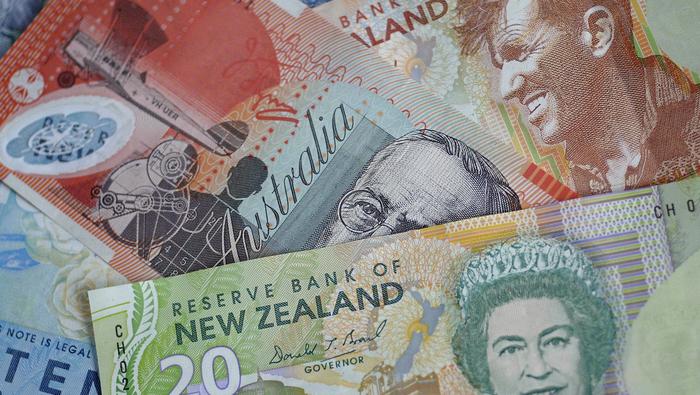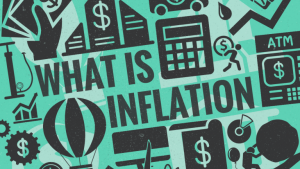
You may have heard of concerns about inflation recently from a variety of media sources; you should certainly be familiar with the words hyperinflation and deflation. In today’s writings, I am aiming to give a simple explanation for what each of these words are and why inflation should be coming into focus in this current global climate.
Inflation is a constant increase in the value of goods and services within an economy over a prolonged period of time. Simply put, when the cost of an item increases, then the number of units of a currency required for that purchase also increases. In inflation, it’s not for the singular item but for the entire market. As a consequence, the buying power of money is reduced. Disinflation is the counterpart to inflation; it effectively means that you have an inflation rate above 0%, but that rate (or cost of goods and services) is declining or contracting.
The extreme of disinflation is deflation. It is when the cost of goods and services decreases, usually in a rapid fashion, below 0%. Naturally, this gives more buying power, but it is not as good as it sounds. While it means that a consumer can purchase more, with the same paycheque, for borrowers, those with debt are exposed. Those who are tied to a debt (mortgage, credit card, a loan, etc.) will find that they will have to pay their debts in money that is worth more than the original borrowed capital. Deflation is easier to understand when there is a tangible element to consider, so think about global oil supplies as you read this next part. Deflation usually occurs due to having high supply, low demand, or when money supply decreases.
Now on the opposite extreme, we have hyperinflation. Hyperinflation occurs by definition when prices rise more than 50% per month, Because of the vulnerability that hyperinflation exposes, it tends to be measured on a daily basis, since it can quickly spiral out of control. Imagine buying a loaf of bread one day for $1.50, and the following week, it’s $5, and by the end of the month, it’s $100; hyperinflation makes that scenario a possibility.
In each of the different scenarios, we tend to see the psychology and behaviours of the people change, usually exaggerating and contributing to the inflation issue further.
Why is all this important, well at the current time, a number of economists are having trouble deciding which way on the sword the economy is going to fall. You can’t shut the world down and not expect some fallout to be prolonged. The current arguments are for an extended and much nastier situation known as a Depression – effectively deflation on steroids. The other argument is for rapid inflation and potentially hyperinflation.
Why can’t they make up their minds? Well, it is because we are seeing data that supports both sides of the inflation response, and that makes it hard to determine which theory is the right one. There are more signals on the deflationary side, but it is likely early to really say. Some things to keep in mind were the effects of the GFC, we saw data well into 2008 that suggested worse things to come, but the market’s realisation was not until late 2009.
Hopefully, we are all wrong, and inflation isn’t something to be concerned about in the near term. I’m not liking the chances at this current time.

